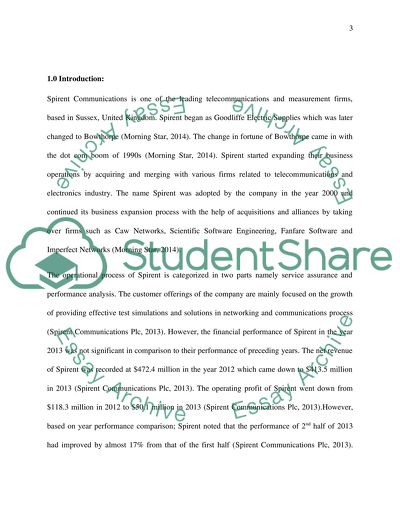Cite this document
(“Multinational Running And Study Of Spirent Communications Essay”, n.d.)
Retrieved from https://studentshare.org/finance-accounting/1665072-multinational-running-and-risk-management-study-of-spirent-communications
Retrieved from https://studentshare.org/finance-accounting/1665072-multinational-running-and-risk-management-study-of-spirent-communications
(Multinational Running And Study Of Spirent Communications Essay)
https://studentshare.org/finance-accounting/1665072-multinational-running-and-risk-management-study-of-spirent-communications.
https://studentshare.org/finance-accounting/1665072-multinational-running-and-risk-management-study-of-spirent-communications.
“Multinational Running And Study Of Spirent Communications Essay”, n.d. https://studentshare.org/finance-accounting/1665072-multinational-running-and-risk-management-study-of-spirent-communications.


